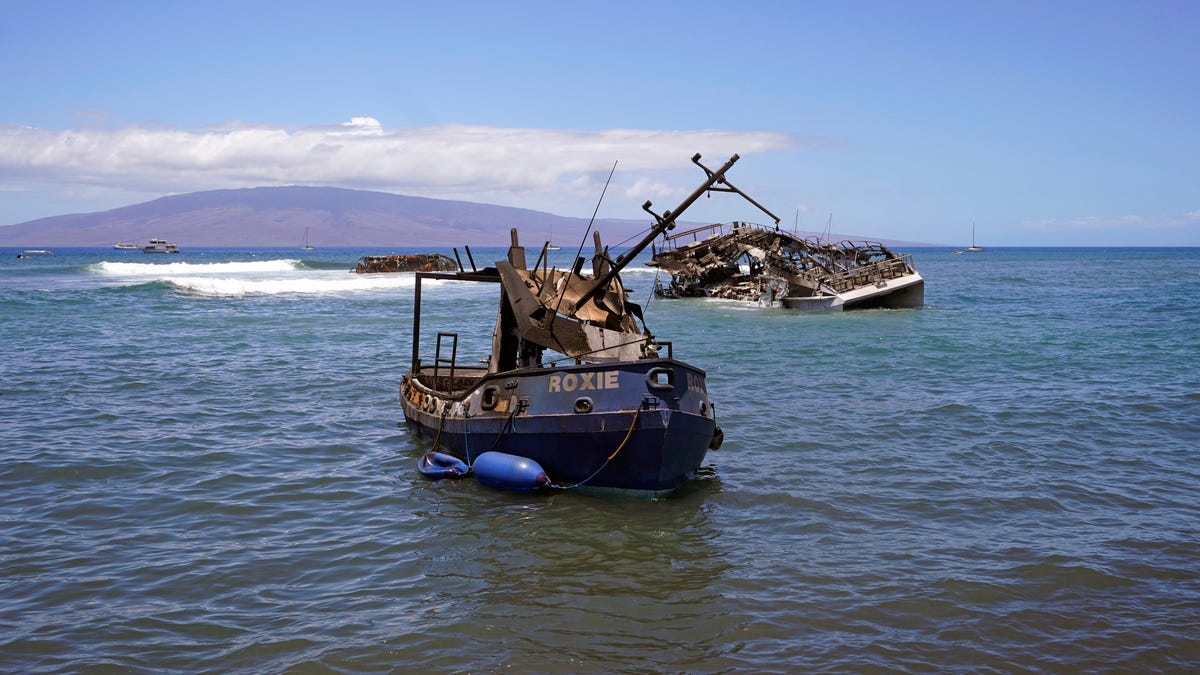
Devastating wildfires that have killed more than 100 people have also created dangerous conditions for fragile wildlife and natural ecosystems off Maui’s shores. Scientists and officials are worried that coral reefs near Maui are going to be hurt in the aftermath of these fires.
Widespread fires often create excessive soil erosion. This releases sediments including dirt and ash into nearby waterways that feed into the ocean. When there’s too much sediment in the ocean, it disturbs fragile water ecosystems like coral reefs. This occurs when the extra sediment causes algae blooms in the water, the Guardian reported. Out-of-control algal blooms can smother the reef, according to the National Ocean Service.
Advertisement
“It is going to heavily damage the coral reefs,” Luiz Rocha, an ichthyology curator at the California Academy of Sciences, told The Guardian. “They depend on clear water to survive.”
Hawaii’s coral could also be exposed to other hazards. Boats were docked near Lahaina, a town in West Maui that was especially devastated. Some of the damaged boats have leaked oil into the water, the Garden Island Newspaper reported. Officials are also worried about toxic materials inside of burned homes that have joined the sediment runoff into the ocean.
Advertisement
Advertisement
“We don’t know what was in those houses, and a lot of times when things burn and when they mix together, they can form other things that can be dangerous,” U.S. Coast Guard Pacific Strike Team Lieutenant Trent Brown, told the Garden Island.
The Coast Guard and several organizations have placed “containment booms” near storm drain outflows. These booms create a floating barrier in the water to stop contaminants from moving around.
Officials and conservationists have every reason to be worried about the future of Hawaii’s coral reefs. Those reefs hold cultural and historical significance to Hawaiian natives. These reefs also house many of the region’s fish species. Olowalu Reef, which is near Maui, is home to one of the largest manta ray populations in the U.S. But their numbers have been declining, which makes protecting that reef especially urgent, according to conservation nonprofit Mission Blue.
Sadly, these coral reefs have already faced a number of climate change dangers before this month’s fires. Hotter-than-average ocean temperatures have caused bleaching events for Hawaii’s coral several times in the last 20 years. When coral is bleached, it means that it is stressed which causes it to expel the algae responsible for their color. Some bleached coral does eventually recover, but it’s weaker which makes it more susceptible to other forms of damage, like disease.
Advertisement
Want more climate and environment stories? Check out Earther’s guides to decarbonizing your home, divesting from fossil fuels, packing a disaster go bag, and overcoming climate dread. And don’t miss our coverage of the latest IPCC climate report, the future of carbon dioxide removal, and the invasive plants you should rip to shreds.
Services Marketplace – Listings, Bookings & Reviews